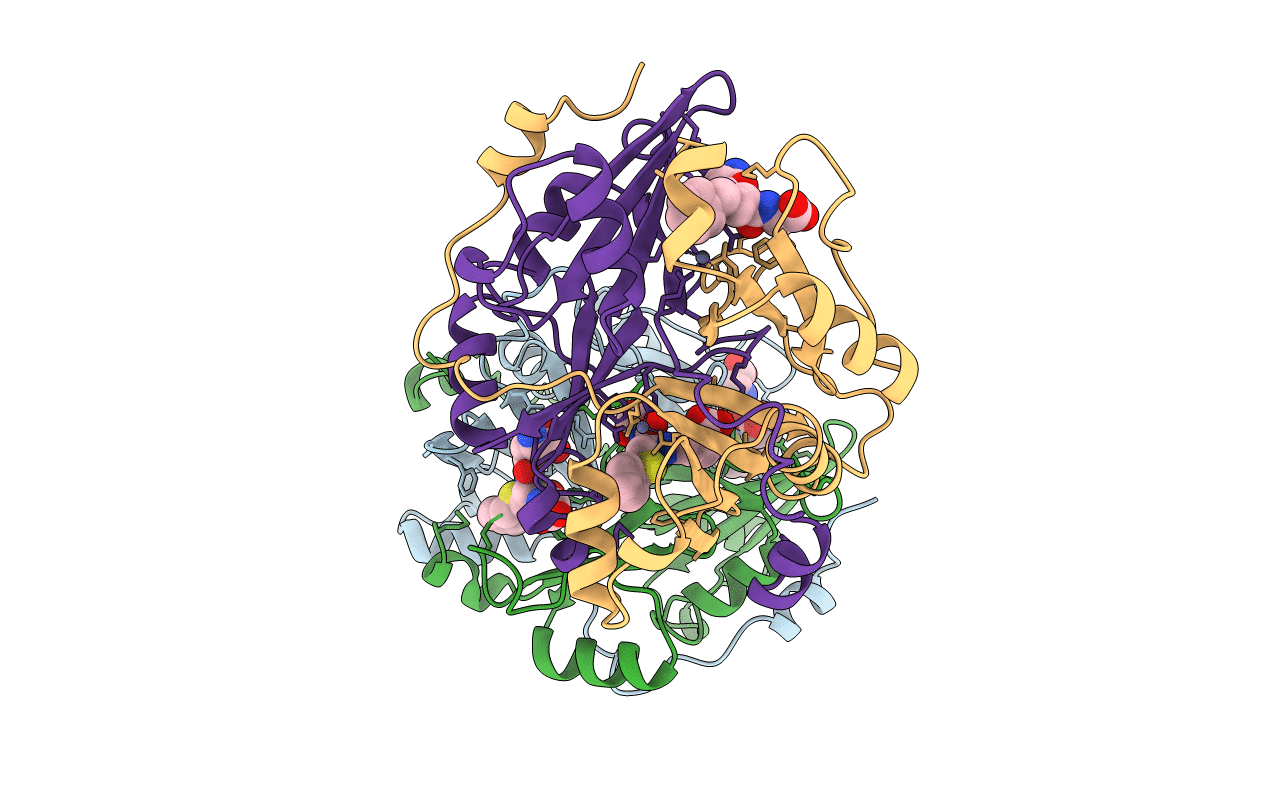
Deposition Date
1997-02-25
Release Date
1997-06-16
Last Version Date
2024-02-07
Entry Detail
PDB ID:
1FRO
Keywords:
Title:
HUMAN GLYOXALASE I WITH BENZYL-GLUTATHIONE INHIBITOR
Biological Source:
Source Organism:
Homo sapiens (Taxon ID: 9606)
Host Organism:
Method Details:
Experimental Method:
Resolution:
2.20 Å
R-Value Free:
0.23
R-Value Work:
0.21
R-Value Observed:
0.21
Space Group:
P 43


